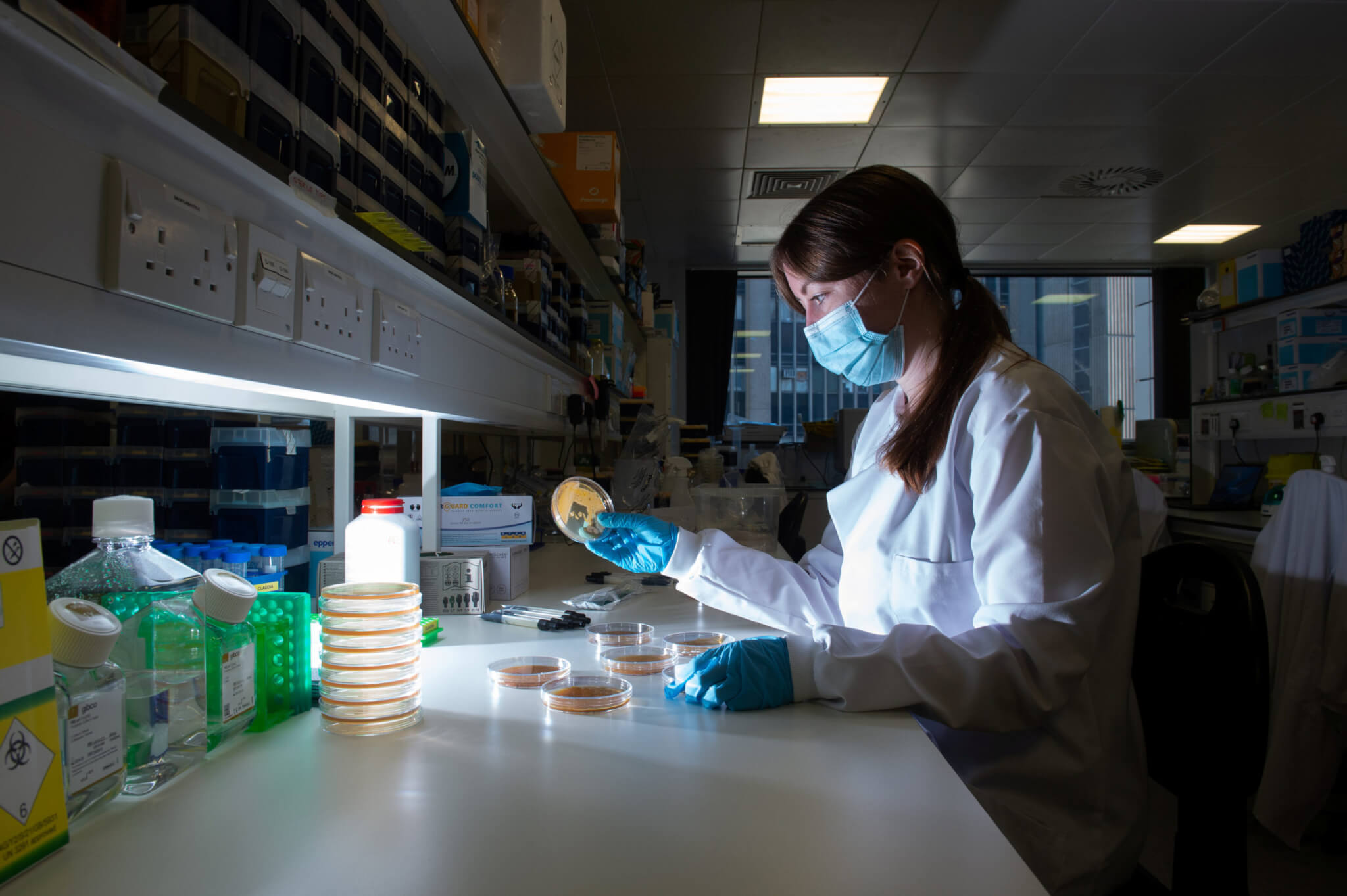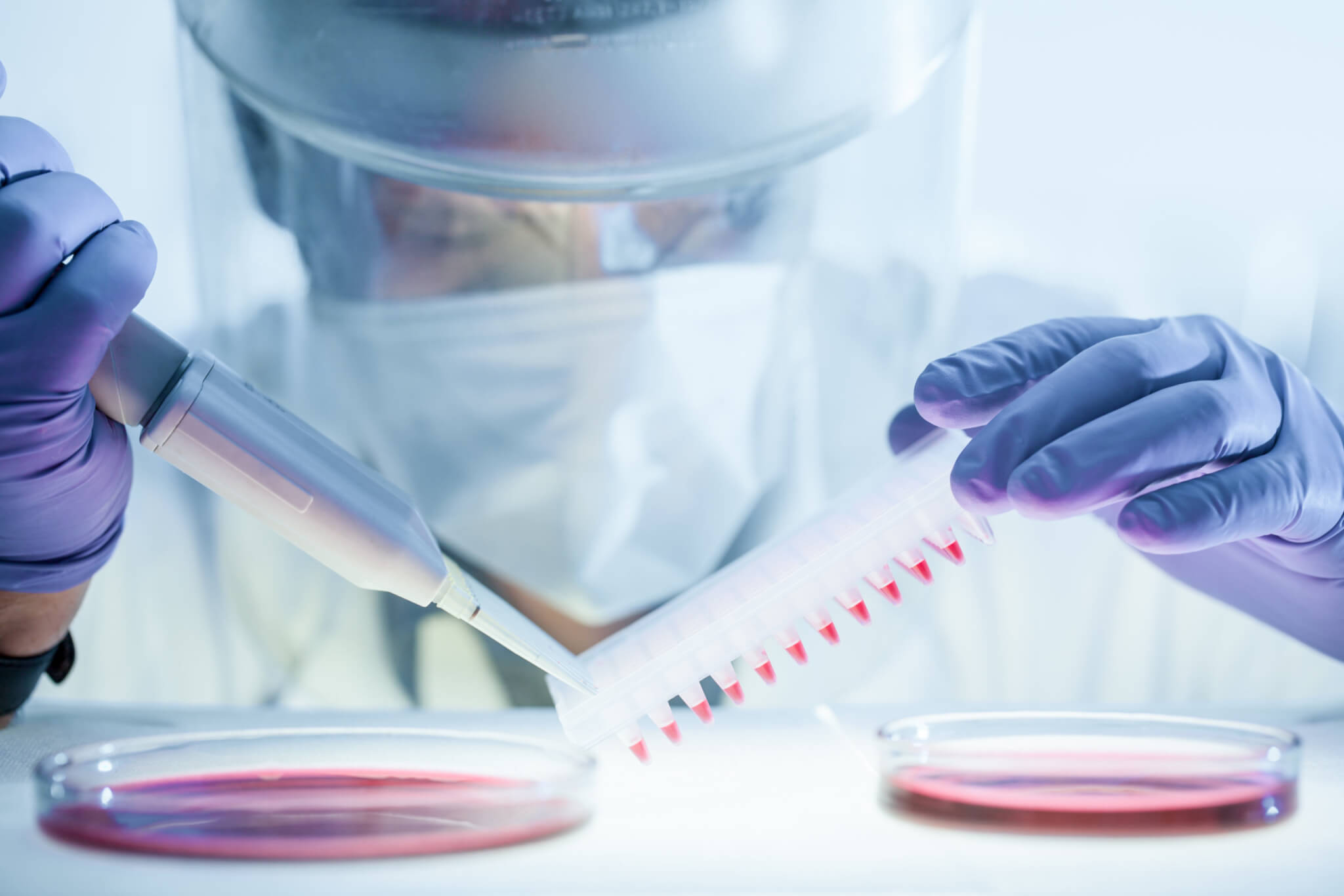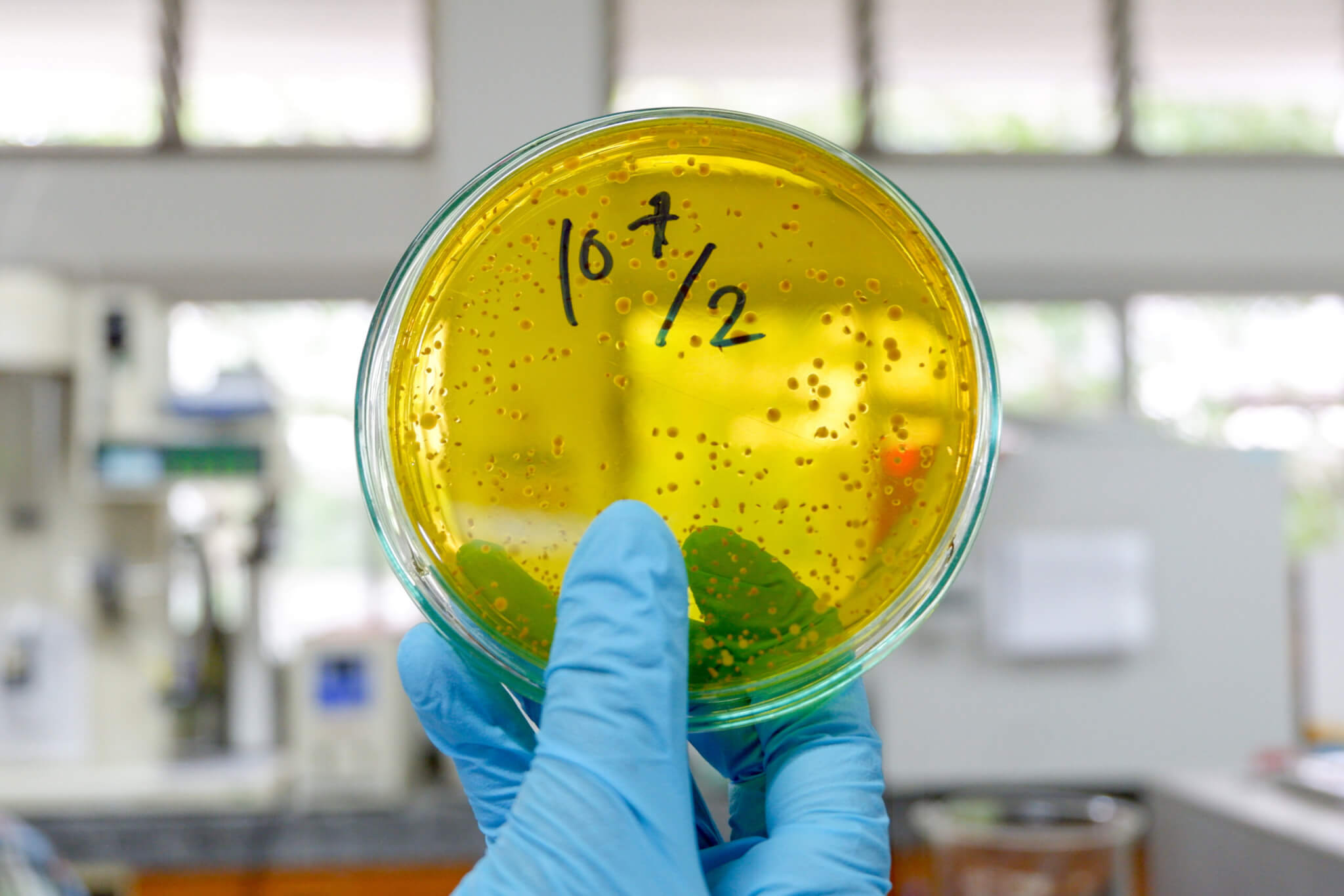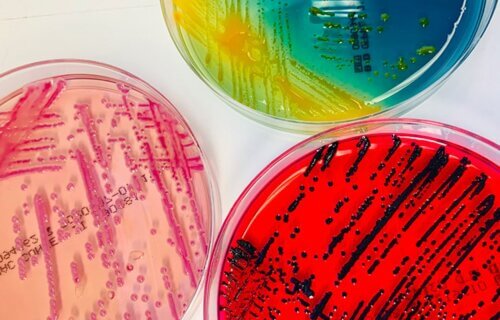BASEL, Switzerland — Hospitals have become breeding grounds for new species of germs. A recent study by a team from the University of Basel in Switzerland has identified more than 30 previously unknown species of bacteria, some of which play a critical role in clinical health care.
This discovery stems from years of meticulous collection and analysis of unknown germs commonly found in hospitals, shedding light on the complex world of bacterial infections and their treatments.
At the heart of this research is the need to accurately identify the bacteria causing an infection. Standard laboratory techniques, such as mass spectroscopy or partial genome sequencing, usually suffice. However, these methods sometimes fall short, particularly when the bacteria involved have not been classified or are difficult to cultivate.

Since 2014, a dedicated team at the University of Basel and the University Hospital Basel has been collecting patient samples containing these elusive germs. Through their efforts, scientists have analyzed 61 unknown bacterial pathogens found in patient blood or tissue samples. These samples spanned various medical conditions where conventional laboratory methods failed to identify the bacteria.
The breakthrough came with the complete genetic sequencing of these bacteria, a method that has only been available in recent years. This comprehensive approach allowed the team to compare the bacteria’s entire genetic material against known strains using an online tool.
Of the 61 bacteria analyzed, 35 were entirely new to science. The remaining 26 strains were difficult to identify, either due to recent additions to genomic databases or recent taxonomic descriptions. researchers considered seven of the 35 new strains “clinically relevant,” meaning they could cause infections in humans.

“Such direct links between newly identified species of bacteria and their clinical relevance have rarely been published in the past,” says study author Dr. Daniel Goldenberger, a microbiologist at the University of Basel, in a university release.
Many of the new species are part of the Corynebacterium and Schaalia genera, which are types of gram-positive bacilli. These bacteria are often found in the natural human skin microbiome and mucosa, leading to their underestimation and limited research. They can cause infections, though, particularly when entering the bloodstream, for instance, due to a tumor.
One particularly notable discovery involved a hard-to-identify pathogen found in a patient’s inflamed thumb after a dog bite. This bacterium, also isolated by a Canadian research group from similar wounds, has been named Vandammella animalimorsus, indicating its link to animal bites. This pathogen is now considered an emerging pathogen warranting further monitoring.
The Basel team is collaborating with Professor Peter Vandamme, a bacteria classification specialist from the University of Ghent, to name these new species. One already named is Pseudoclavibacter triregionum, a nod to Basel’s unique tri-border location near Switzerland, France, and Germany.

This innovative project is ongoing, with the team continuing to collect and sequence unknown pathogens from patient samples.
“We have noticed a major dynamic here: thanks to technological advances in bacteriology, much more is being published about newly discovered species of bacteria,” explains Dr. Goldenberger.
The study is published in the journal BMC Microbiology.
You might also be interested in:
- AI discovers promising new drugs that fight hospital superbug MRSA
- Hospital floors are hotspots for bacteria, allowing quick spread to surfaces and people
- Antibiotic-resistant bacteria contaminates an entire hospital ICU

